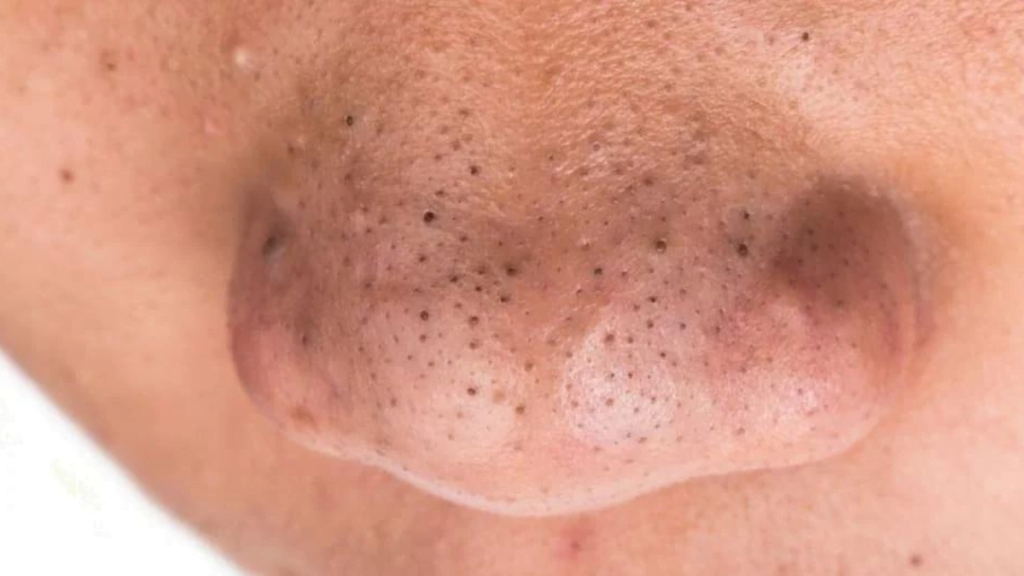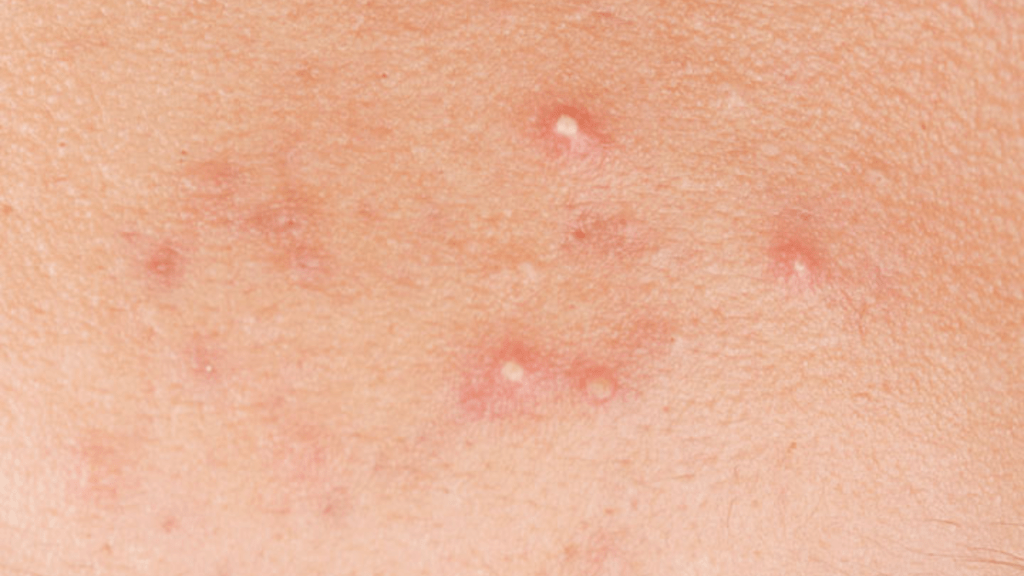When it comes to skin concerns, blackheads and whiteheads top the list for many people. Despite both being types of acne, they differ significantly in appearance and treatment. This post will explore the differences between blackheads and whiteheads, helping you identify and manage these common skin issues more effectively.
What Are Blackheads?

Blackheads, also known as open comedones, form acne when the pores on your skin become clogged with dead skin cells and excess oil (sebum). The pore remains open at the top even though the rest is blocked. Air exposure causes the pore’s material to oxidize and turn black, hence the name “blackhead.”
Critical Characteristics of Blackheads:
- Visible as tiny black dots on the skin’s surface, particularly around the nose, chin, and forehead.
- They have a slightly raised texture but are not painful.
- They tend to form in larger pores and can be persistent.
What Are Whiteheads?

Whiteheads, or closed comedones, occur similarly to blackheads but have a different presentation. The pores get clogged with similar debris, but unlike blackheads, the top closes up. The skin forms a small bump that protrudes and remains white or flesh-colored because it is not exposed to air.
Critical Characteristics of Whiteheads:
- They appear as small, round, white bumps on the skin.
- Often found on the cheeks, forehead, and under the chin.
- They can feel slightly firm and are often surrounded by red or inflamed skin.
Differences Between Blackheads and Whiteheads:
- Exposure: Blackheads are open to the air, which causes them to oxidize and turn black.A thin layer of skin covers whiteheads, keeping them white.
- Appearance: Blackheads are flat and black, while whiteheads are small, white, and slightly raised.
- Treatment: Blackheads respond well to products that help regulate sebum production and promote pore clearings, like salicylic acid and retinoids. Whiteheads may require gentle exfoliation and products that prevent clogging, such as benzoyl peroxide or tea tree oil.
Tools recommended to remove blackheads and whiteheads:
Comedone Extractor: This specialized tool safely extracts black and whiteheads without damaging the skin. It usually has two ends: a small loop for blackheads and a flat or slightly pointed end for whiteheads. The tool provides a way to apply even pressure around the comedone, encouraging it to release without pinching or squeezing with fingers, which can spread bacteria and cause skin irritation.
Microdermabrasion Kit: This tool uses fine crystals or a diamond tip to exfoliate the top layer of the skin, helping to clear out clogged pores and remove dead skin cells. Microdermabrasion kits can be particularly effective for black and whiteheads by promoting new skin growth and cleaner pores through gentle suction and exfoliation. These kits are available for at-home use, making them a convenient option for regular skincare maintenance.
In the end, While black and whiteheads are acne resulting from clogged pores, they differ significantly in exposure, appearance, and treatment methods. Understanding these differences is crucial for effective skincare and preventing further acne complications. Always consider consulting a dermatologist for persistent acne issues or before starting a new skincare regimen.

